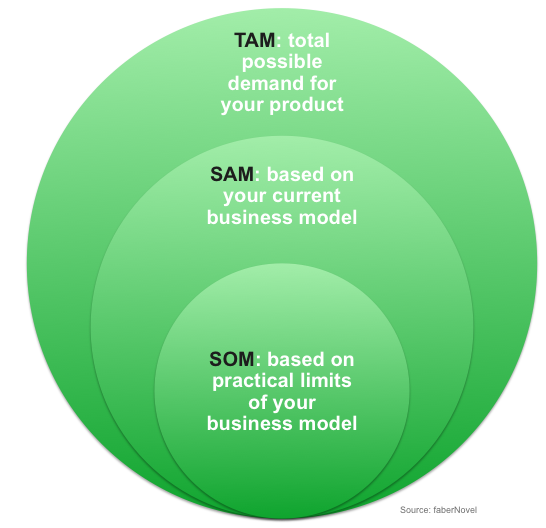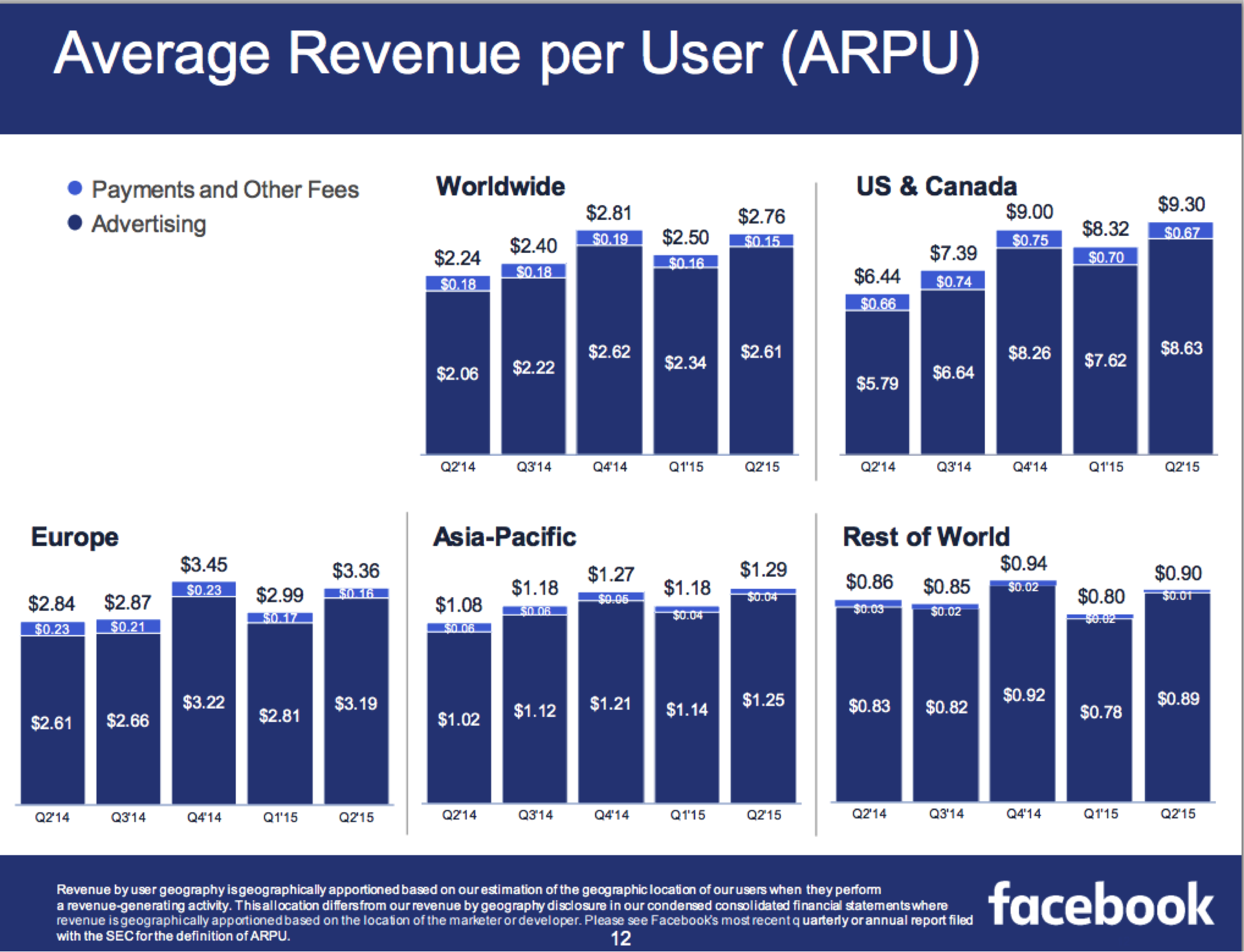Different metrics are needed, different metrics are important
A couple of weeks ago, two interesting entries on startup metrics appeared on the venture capital fund Andreessen Horowitz’s blog. The first article was devoted to 16 metrics that every startup needs to measure. The second supplemented this list with 14 more metrics.
Each article paid attention to economic and product indicators, as well as their presentation formats. Nevertheless, all of them were united by one thing - these are the metrics that interest investors, evaluating the potential capabilities of a particular product. And these indicators should give an understanding of where the product is moving at a given moment in time, set a vector for the direction of development. We list them briefly: Economic and business indicators


Product and engagement indicators
Among the formats for presenting and evaluating indicators, cohort analysis and some interesting charts were mentioned.

Our training , which is conducted by Daria Ryzhkova, is also devoted primarily to those product metrics that help move on. Therefore, we asked Daria what she thinks about the indicators that a16z was mentioned the first and second time - about the difference between them.
These metrics include:
Each article paid attention to economic and product indicators, as well as their presentation formats. Nevertheless, all of them were united by one thing - these are the metrics that interest investors, evaluating the potential capabilities of a particular product. And these indicators should give an understanding of where the product is moving at a given moment in time, set a vector for the direction of development. We list them briefly: Economic and business indicators

- Annual run rate
- ARPU
- Gross profit
- LTV
- CAC

Product and engagement indicators
- Active users
- Outflow
- Nps
- Registered Users
- Download Count
Among the formats for presenting and evaluating indicators, cohort analysis and some interesting charts were mentioned.
Our training , which is conducted by Daria Ryzhkova, is also devoted primarily to those product metrics that help move on. Therefore, we asked Daria what she thinks about the indicators that a16z was mentioned the first and second time - about the difference between them.
This is probably one of the most comprehensive and useful reviews of business indicators that I have seen recently. Unfortunately, very often business indicators (such as average revenue per month or number of users per month) become product indicators. Which is absolutely logical from the point of view of business, but absolutely useless for the product - they will not give you an understanding of where to move on.
Many of the product metrics that are mentioned in the article, of course, require the attention of the product manager, but most of them are business indicators. Their values can be influenced by not changing the product itself, but by regulating pricing policies, conducting advertising campaigns or competently purchasing traffic. They can simply grow upward themselves over time. And here you need to be very careful, because when such KPI businesses become product metrics, we fall into the trap of our own expectations and amuse our vanity, looking at the charts growing up.
These metrics include:
- The number of users. The metric does not give any idea of what happened to the product today and how good or bad it is that 100 people came to us today. Certainly, coverage is important, but without segmenting and analyzing the behavior of this audience, it does not tell us absolutely nothing.
- Revenue Most often it becomes a product metric, although we can achieve revenue growth without changing the product at all, for example, by regulating pricing policies, conducting advertising campaigns, etc.
- Number of downloads. Of course, downloads have some effect on our position in mobile app stores. But from the point of view of analyzing user behavior, it is better to try to see conversions that show the involvement of users who downloaded the application in your product.
- Session time. It is very difficult to qualitatively evaluate this value without analyzing the actions of the audience. For example, it may seem to us that if the session time has increased from 1 minute to 5, then this is good. But what if it turns out that 4 of these 5 minutes the user writes a call to support in the form of feedback?
- Like / Share and other social activities. Until you understand how much you spend on each Like / Share and how much you earn on each Like / Share, these values will not tell you anything.
Can I somehow understand which metrics will be useful?Learn more about metrics and focus on those that really help your product grow!
The main thing to remember is that a good metric is always relative, not absolute. Relative values, firstly, make it possible to understand how you can influence the change in the value of the indicator. Secondly, they are comparable in nature, and you can always evaluate the value of an indicator with the same for previous periods of time or with your competitors. In this regard, conversions at every step of the sales funnel can be a good example of such relative values.
Do not forget that the audience should be segmented and watch how its behavior changes over time. Many large projects with thousands and sometimes millions of people, in my opinion, make the mistake of not using segmentation and cohort analysis tools. For example, if you look at the same outflow (the share of users who stopped using the product) by cohorts in the context of various segments, you can find a huge number of insights. You need to clearly understand who you are making your product for and how it is perceived by your users. Knowing their needs, expectations and perceptions of your product, choosing the next steps becomes much easier.
